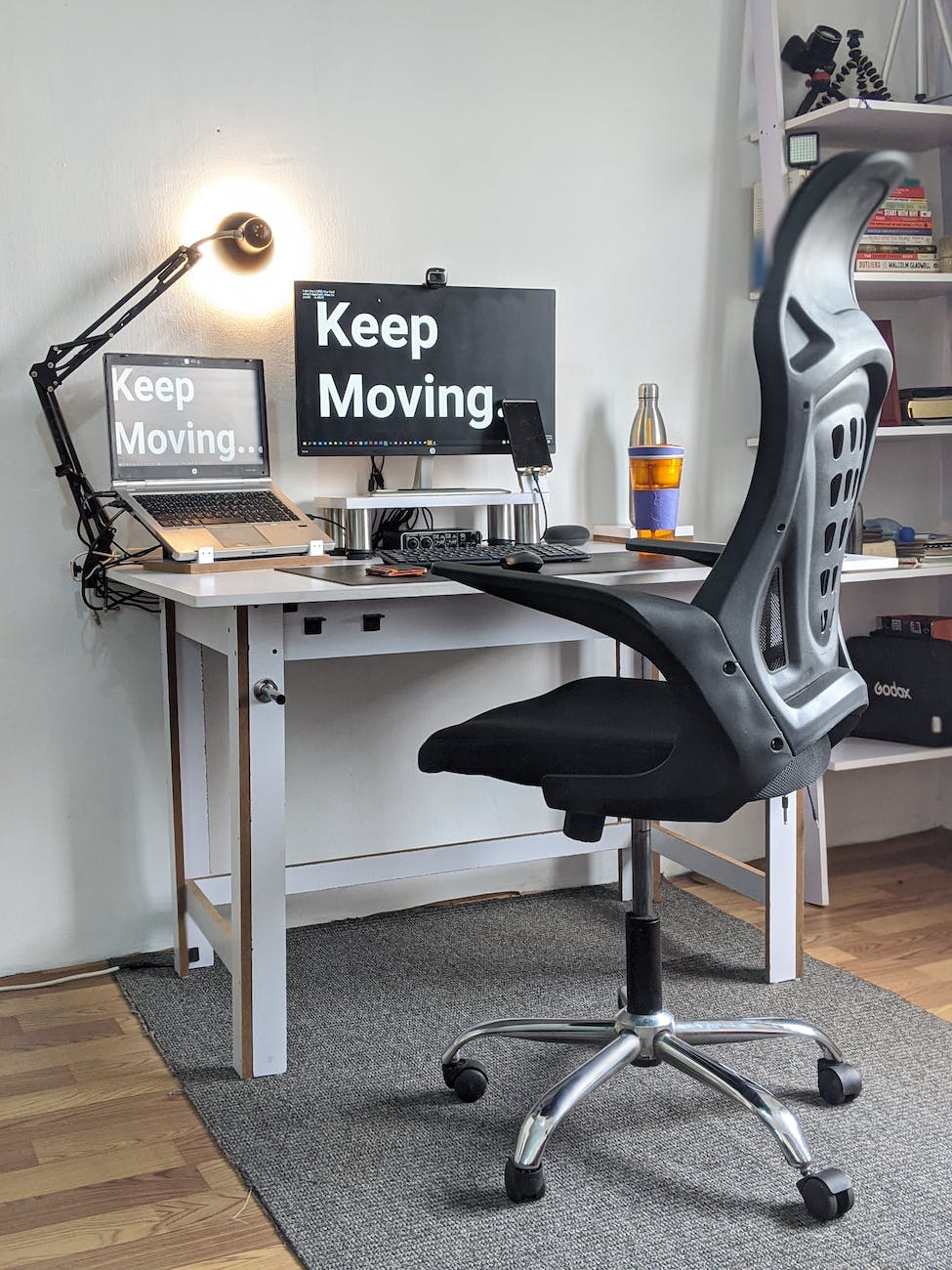As facility managers look to increase workplace productivity, ergonomics has again become the go-to option for many companies. Ergonomics is the process of fitting the work environment to the employee to reduce stress, anxiety, and discomfort in the digital workspace while improving productivity levels.
Workplace Stress and Anxiety
When employees deal with sedentary work or poor lighting, their bodies must adapt, increasing stress and anxiety levels. These ongoing ergonomic issues impact the employee’s focus, clarity, and creativity, decreasing office efficiency and productivity.
Small changes to the physical office can have profound impacts on an employee’s stress and anxiety levels. Facilities managers should consider the following strategies to improve productivity levels for traditional employees.
- Muted paint colours can help create a calmer office atmosphere.
- Drapes & window blinds can eliminate glare on work surfaces and computer screens.
- Decorating an office or workstation breaks up the monotony of 4 bare office walls.
- General and task lighting to reduce potential eye strain and headaches.
- Creating quiet areas for research, reflection, and contemplation.
Most of these ergonomic solutions are budget-friendly and can be completed within a reasonable timeframe, depending on the size of the office or building or the remote workspace.
Physical Ailments
In addition to increased stress and anxiety levels, office workers are regularly subjected to extended sitting periods, overreaching, and repetitive motions while using their computers or mobile devices. As a result, many digital office workers can develop musculoskeletal disorders (MSDs) such as bad posture, carpal tunnel syndrome, and back & neck pain.
Ergonomic Solutions
Being comfortable in today’s digital workspace improves employees’ attention spans and productivity levels. Many facilities managers have seen productivity levels increase after implementing one or more ergonomic solutions.
- Provide dollies and carts for moving office supplies and furnishings to avoid muscle strains.
- Upgrade to sit-stand desks that allow workers to change positions during their shifts for improved blood circulation.
- Ergonomic desk and conference table chairs that feature adjustable armrests, headrests, sitting heights, and lumbar support that can be fine-tuned to the employee’s changing comfort level.
- Ergonomic keyboards, mouse, and mouse pads can help relieve joint tension and discomfort.
- Anti-glare computer screens reduce eye strain, headaches, and fatigue.
- Adjusting monitor heights to avoid hunching and potential neck and shoulder tension.
- Individualized task lighting options for open office areas and workstations to avoid eye strain and mental fatigue.
- Provide infrastructure solutions that allow facilities teams, third-party services, and employees to quickly reconfigure workspaces and connected devices as the employee or company needs change.
Because every business, physical location, and employee is different, ergonomic costs can vary greatly. In most cases, the company can recoup its investment via improved productivity, lower absenteeism rates, and future healthcare savings.
Choosing the Best Ergonomics for Your Office
According to Kaiser Permanente, “Productivity losses linked to absenteeism and presenteeism from chronic illnesses and injuries cost U.S. employers $2,945 per employee per year.That number includes sick days, short-term disability, long-term disability, and impaired job performance.”
And a recent study by the Washington State Department of Labor & Industries determined that improved ergonomics in the workplace were responsible for:
- 59% average reduction of Musculoskeletal Disorders (MSDs).
- 65% average reduction in incident rates.
- 75% reduction of lost workdays.
- 53% reduction of restricted workdays.
- 68% reduction of worker compensation costs.
- 39% reduction in cost per claim.
- 43% decrease in labour costs.
- 67% average reduction in employee errors.
- 48% average reduction in employee turnover.
- 58% average reduction in employee absenteeism.
- 25% overall improvement in productivity levels.
Facilities managers know that healthy employees are the company’s most valuable asset. Implementing effective ergonomic solutions clearly demonstrates the company’s commitment to providing a safe, comfortable, and healthy digital workspace for all remote and in-person employees. As a result, workspace ergonomics can increase company revenues due to productivity increases of up to 25% while decreasing business costs and improving employee attendance and longevity.

